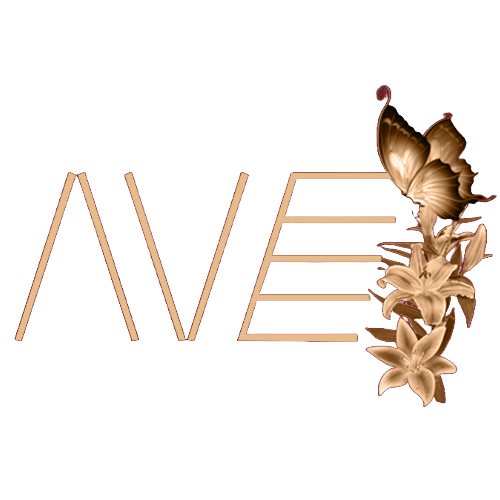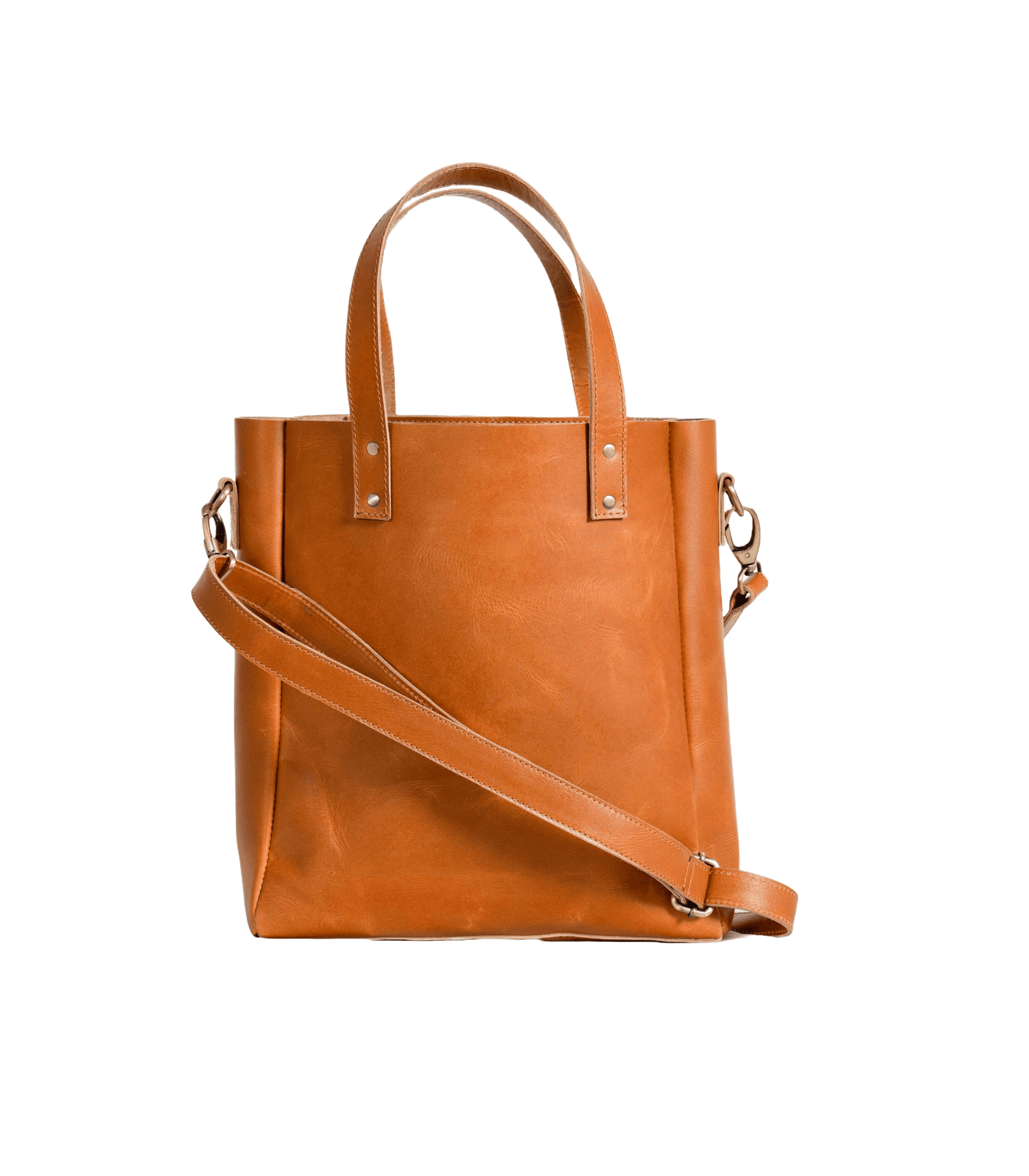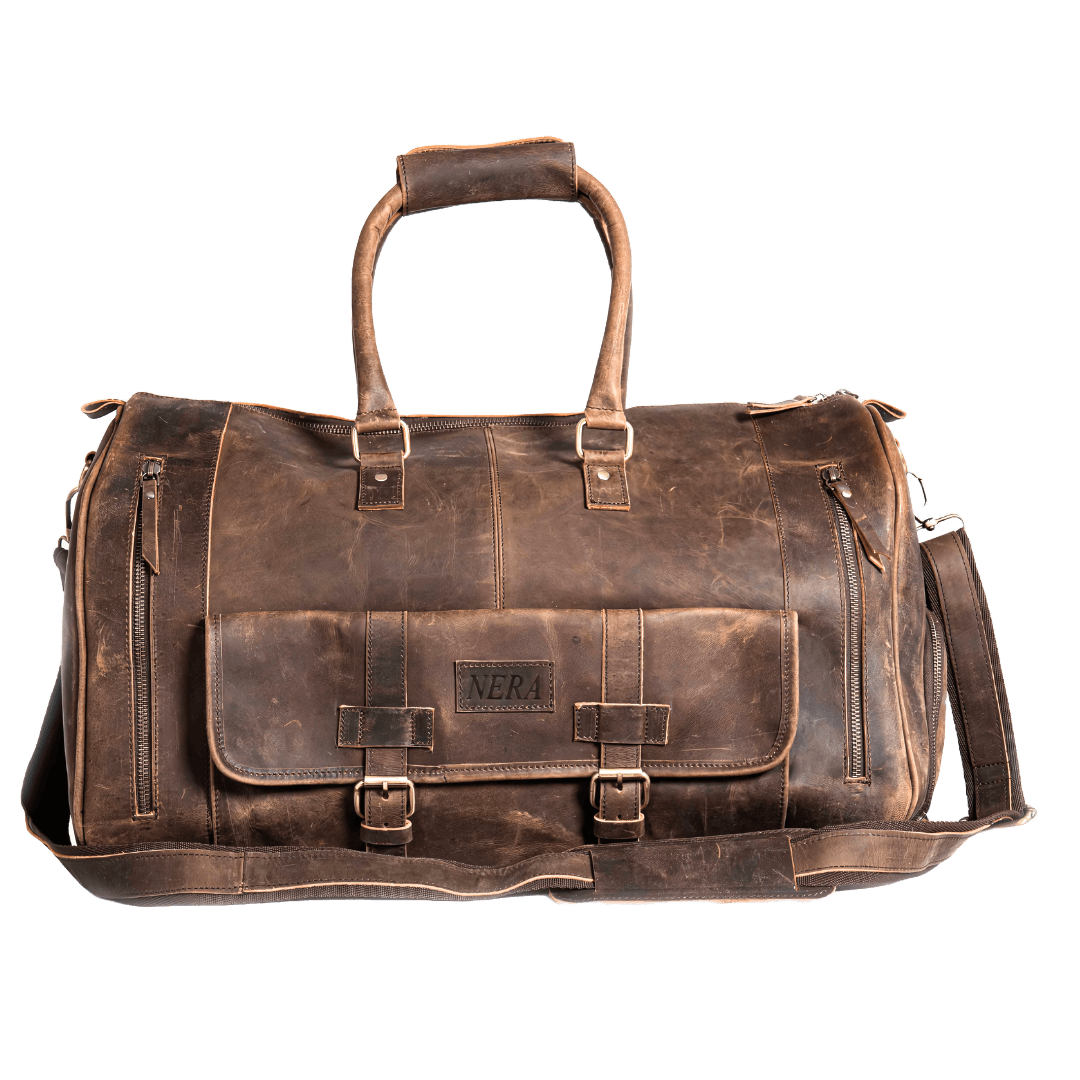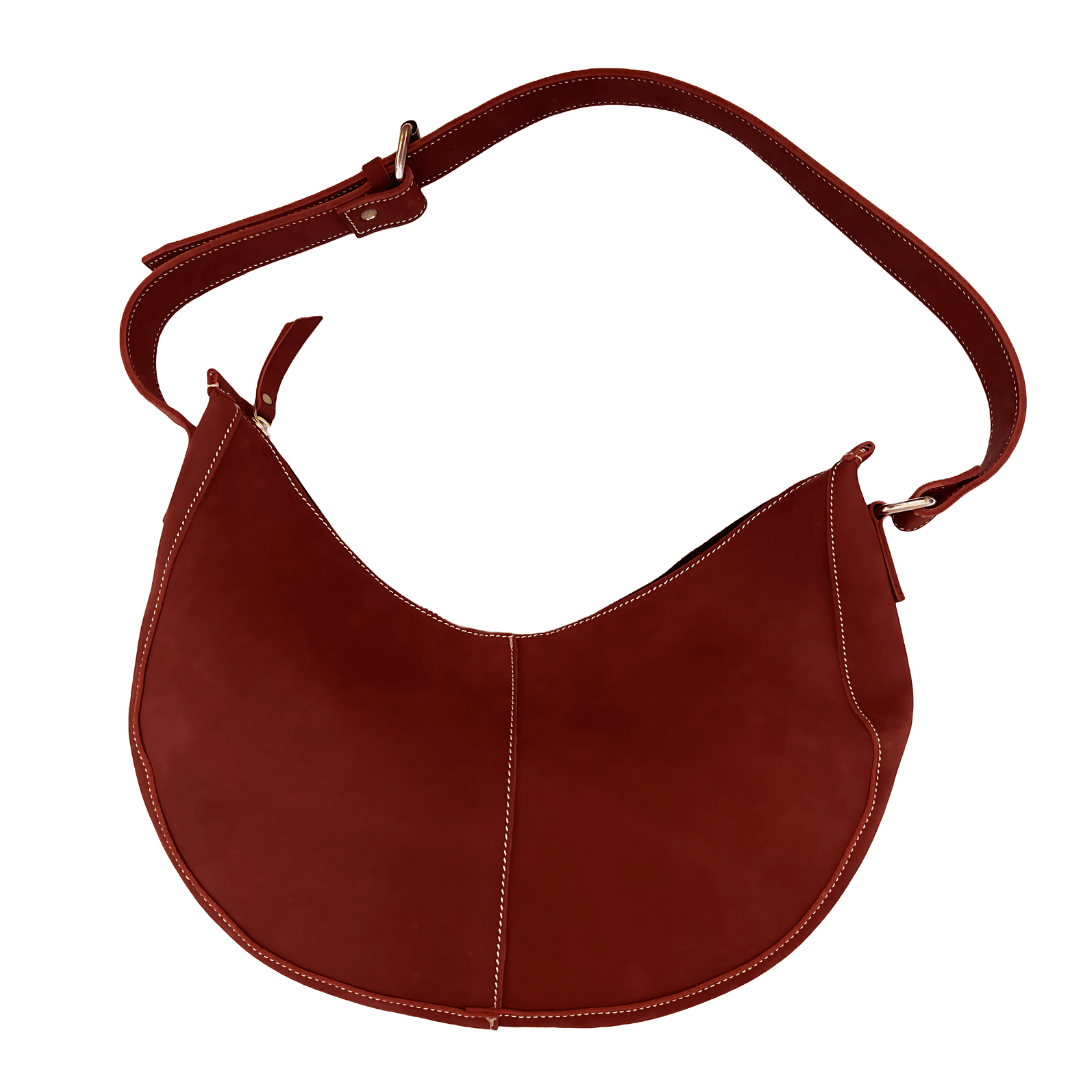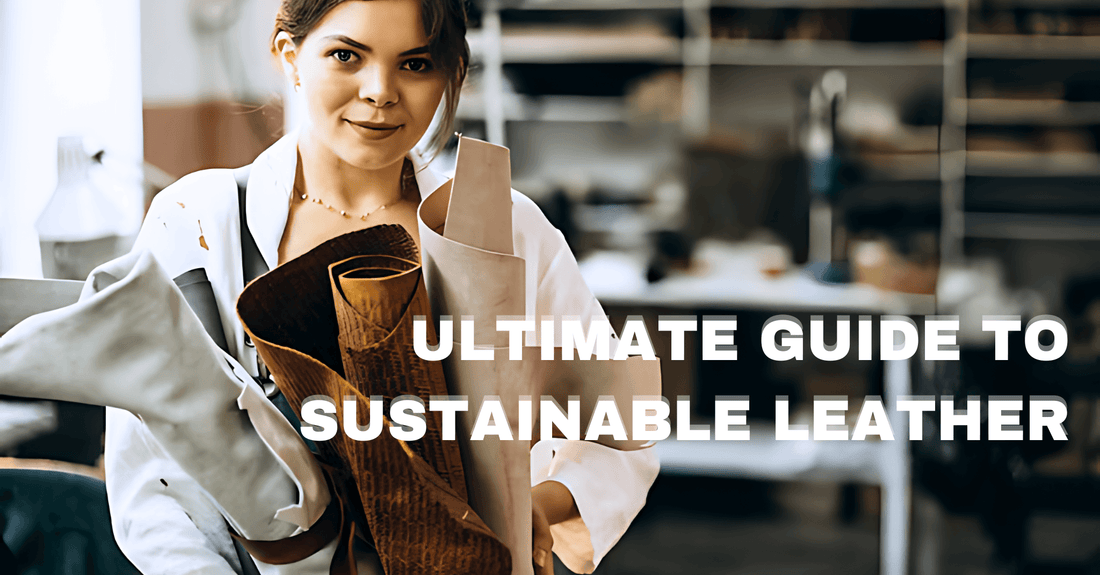
The Ultimate Guide to Sustainable Leather Options
Share
Sustainable leather refers to leather products with practices that aim to minimize environmental impact, enhance animal welfare, and promote ethical practices throughout the production process. Here’s a closer look at what makes leather sustainable:
- Ethical Sourcing: Sustainable leather often comes from animals that are raised and slaughtered under humane conditions. Some sustainable luxury leather bags use by-products from the meat industry, reducing waste by making use of hides that would otherwise go unused.
- Eco-Friendly Tanning: Traditional tanning processes use harmful chemicals like chromium, which can be detrimental to both the environment and human health. Sustainable leather frequently uses more environmentally friendly methods, such as vegetable tanning, which utilizes natural plant-based substances, or other non-toxic tanning processes.
- Alternative Materials: Advances in technology have led to the development of leather alternatives made from sustainable materials, such as:
- Mycelium: A fungal material that mimics the texture and appearance of traditional leather.
- Piñatex: Made from pineapple leaf fibers.
- Mushroom Leather: Created from mycelium (the root system of mushrooms).
- Apple Leather: Derived from apple pomace (the leftover material from apple processing).
- Recycled Materials: Leather collection made from recycled plastic or other waste materials.
- Durability and Longevity: Premium leather goods are often designed to be durable and long-lasting, encouraging consumers to invest in higher-quality items that will have a longer lifespan and reduce the need for frequent replacements.
- Certifications: Certifications like the Global Organic Textile Standard (GOTS) and the Leather Working Group (LWG) provide assurance that the leather meets rigorous environmental and ethical standards.
Overall, sustainable leather aims to create a balance between the utility and aesthetic qualities of leather products while reducing their ecological footprint and promoting ethical practices.
Whether sustainable leather is good for environment
Sustainable leather purses are generally better for the environment compared to traditional leather, but its impact can vary depending on specific practices and materials used. Here’s a breakdown of how sustainable leather tends to be more environmentally friendly:
1. Reduced Chemical Use
- Traditional Leather: The tanning process often involves harmful chemicals like chromium, which can lead to pollution and health risks.
- Sustainable Leather: Uses eco-friendly tanning methods, such as vegetable tanning or alternative non-toxic processes, which minimize harmful chemical discharge.
2. Lower Carbon Footprint
- Alternative Materials: Sustainable leather alternatives (e.g., mycelium, Piñatex) often have a lower carbon footprint compared to conventional leather production, as they can use less energy and resources.
3. Reduced Waste
- By-products: Some sustainable leather tan leather purse
- is made from by-products of the meat industry, which helps in utilizing what would otherwise be waste.
- Recycling: Leather made from recycled materials (like plastic or old leather) contributes to reducing waste and lowering the demand for virgin resources.
4. Ethical Animal Treatment
- Humane Practices: Sustainable leather often emphasizes ethical treatment of animals, though it is still tied to animal husbandry. This can indirectly benefit ecosystems by promoting better agricultural practices.
5. Longevity and Quality
- Durability: Sustainable leather tote bags are usually designed to be more durable, which means fewer replacements are needed and less waste is generated over time.
6. Resource Management
- Water Usage: Traditional real leather handbags can be water-intensive and polluting. Sustainable leather practices aim to reduce water consumption and manage wastewater more effectively.
Limitations and Considerations
- Material Sourcing: Even sustainable leather alternatives can have environmental impacts depending on how raw materials are sourced and processed.
- Life Cycle Impact: The full environmental impact of a sustainable office bag should be assessed across its entire lifecycle, from production to disposal.
In summary, while sustainable leather is not without environmental impacts, it generally represents a significant improvement over traditional leather in terms of reducing pollution, waste, and resource use. For the most eco-friendly choice, it's important to consider both the production processes and the materials used.
Future of sustainable quality leather handbags
The future of sustainable full grain leather bags looks promising, with ongoing advancements and innovations aimed at reducing environmental impact and improving ethical practices. Here are some key trends and developments likely to shape the future of sustainable leather handbag :
**1. Innovative Materials
- Mycelium Leather: Mushroom-based leather accessories are gaining traction for their sustainability and customizable properties. They offer a biodegradable alternative to traditional leather.
- Plant-Based Leathers: Materials like Piñatex (from pineapple leaves), apple leather, and other plant-based options are being developed and refined for their eco-friendly attributes and versatility.
- Bioengineered Leathers: Advances in biotechnology are enabling the creation of lab-grown leathers, which can be designed to mimic traditional leather without the need for animal hides.
**2. Enhanced Tanning Processes
- Vegetable Tanning: This traditional method using plant-based tannins is seeing a resurgence due to its lower environmental impact compared to chemical tanning.
- Low-Impact Chemicals: Innovations in tanning chemistry aim to reduce or eliminate harmful chemicals, improving safety and sustainability.
**3. Circular Economy Practices
- Recycling and Upcycling: There’s growing interest in recycling old leather products and upcycling waste materials into new leather goods, reducing waste and resource consumption.
- Closed-Loop Systems: Efforts to create closed-loop systems where leather products are continuously recycled or repurposed aim to minimize waste and resource use.
**4. Certification and Standards
- Stricter Regulations: Expect more rigorous standards and certifications for sustainable leather, ensuring transparency and accountability in environmental and ethical practices.
- Consumer Education: Increased awareness and education about sustainable leather will drive demand for certified and responsibly produced products.
**5. Technological Advancements
- Digital Fabrication: 3D printing and other digital technologies could revolutionize leather production, allowing for more efficient and customizable manufacturing processes.
- Smart Materials: Advances in material science might lead to the development of leather that incorporates smart features, such as self-healing or adaptive properties.
**6. Consumer Demand and Trends
- Ethical Consumption: As consumers increasingly prioritize sustainability and ethical considerations, demand for sustainable leather is likely to grow.
- Luxury Market Innovations: The luxury fashion industry is adopting sustainable practices, often setting trends that influence broader market adoption.
**7. Collaboration and Innovation
- Industry Partnerships: Collaborations between fashion brands, technology firms, and research institutions will likely drive innovation and scalability in sustainable vintage leather bags .
- Research and Development: Ongoing R&D will continue to address challenges and improve the sustainability of leather pure luxury bags alternatives and production processes.
Overall, the future of sustainable leather elevate bags is set to be shaped by a combination of technological advancements, evolving consumer preferences, and a growing commitment to environmental and ethical standards. As the industry adapts and innovates, we can expect more eco-friendly and socially responsible options to become available.
